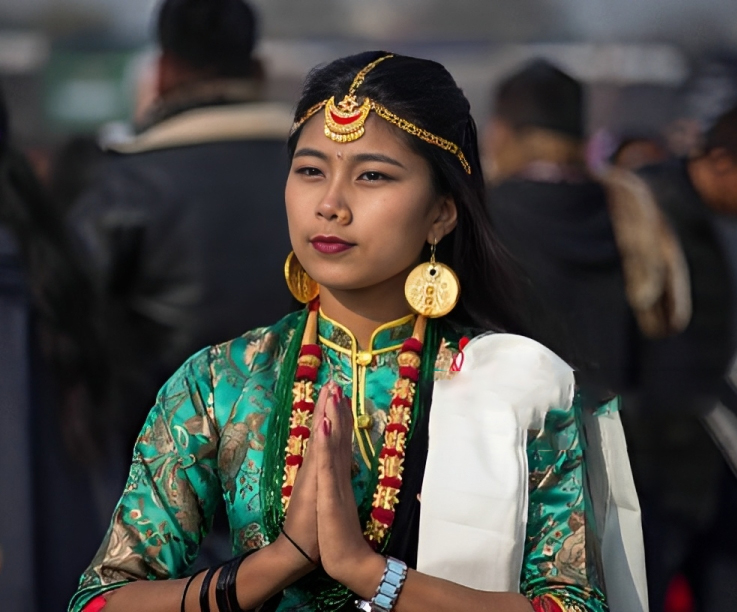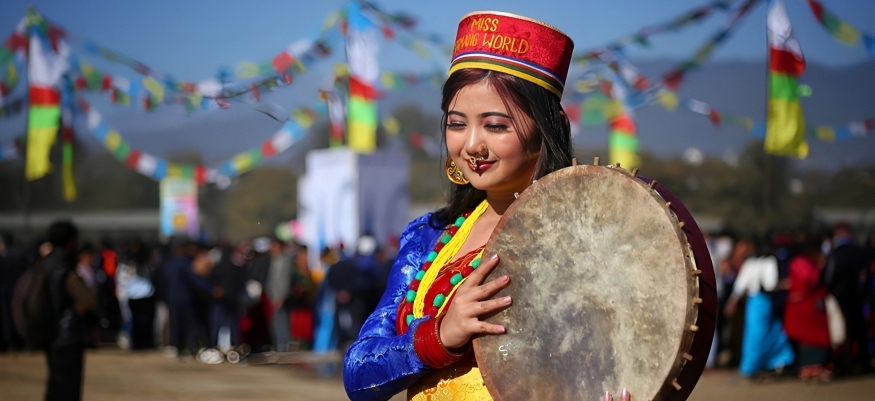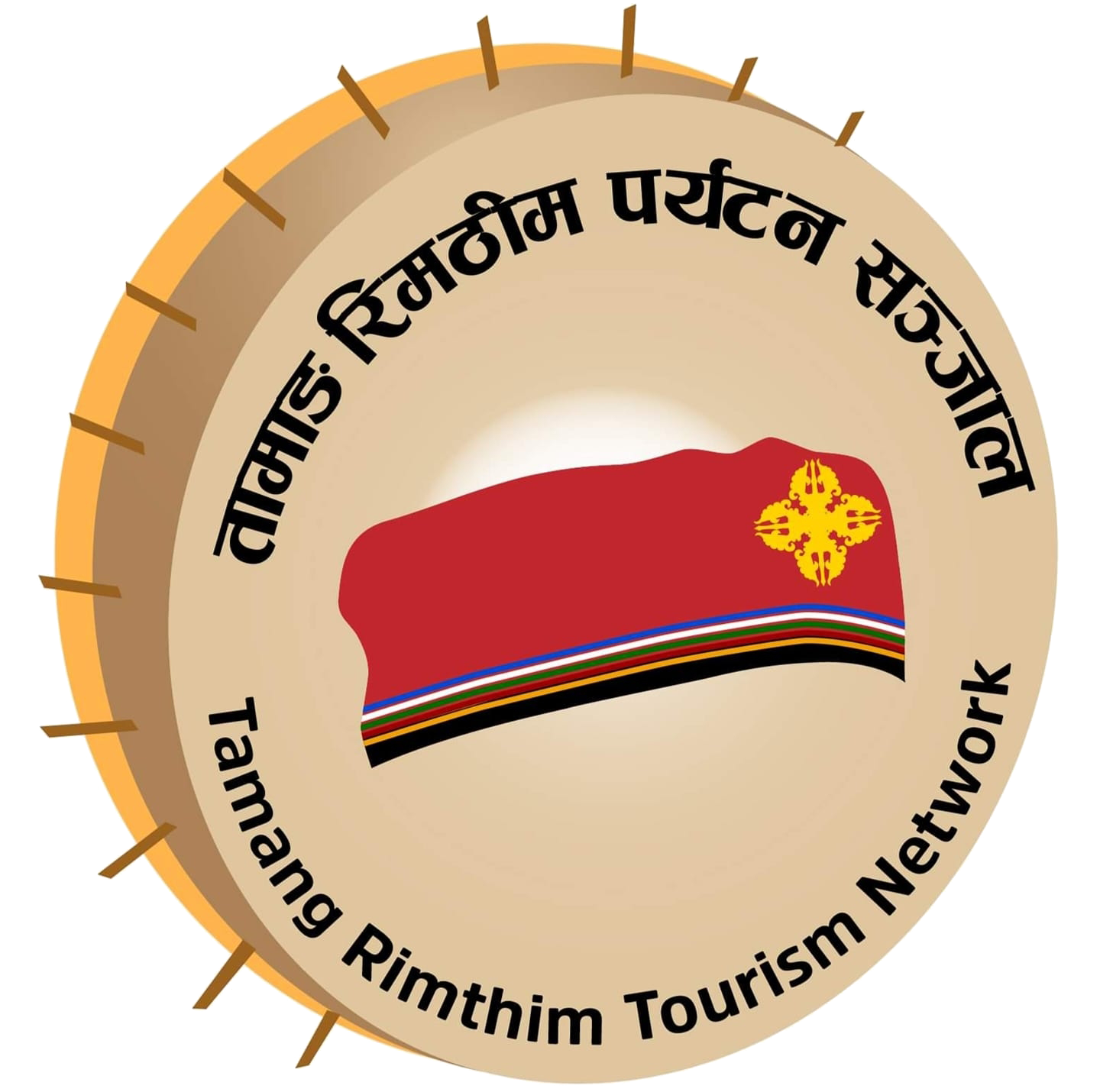Tamang Culture
Unveiling the Treasures of Tamang Culture in Nepal
Nepal, a land brimming with cultural diversity, holds within its folds a captivating gem—the Tamang community. Nestled in the hills and valleys of this enchanting nation, the Tamang people possess a rich and vibrant culture that offers a fascinating glimpse into their history, traditions, and way of life. In this blog, we embark on a journey to explore the intricate tapestry of Tamang culture in Nepal, unraveling the threads that weave together their language, clothing, cuisine, and arts.
Language: A Lyrical Melody:
At the heart of any culture lies its language—a vessel that carries the collective wisdom, stories, and emotions of a community. The Tamang people communicate in their own language, Tamangic, a part of the Tibeto-Burman language family. This lyrical language is a reflection of their close bond with the land, nature, and their ancestors. It serves as a bridge that connects generations, allowing them to share tales of valor, love, and resilience.
Attire: A Kaleidoscope of Colors:
Tamang clothing is a vibrant kaleidoscope that mirrors the community’s spirited identity. Traditional attire, adorned during festivals and special occasions, features intricate patterns, vivid hues, and ornate jewelry. Women often wear the “gunyo cholo,” a colorful dress, while men don the “dhaura suruwal,” a distinctive outfit that showcases their cultural pride. Each piece of clothing holds meaning, echoing stories of heritage and symbolizing the Tamang people’s sense of belonging.

Cuisine: A Gastronomic Journey:
Food is more than sustenance—it is a culinary journey that connects us to our roots. Tamang cuisine is a testament to this belief, offering a delectable blend of flavors and ingredients. Dishes like “sel roti,” a circular rice-based donut, and “khapse,” deep-fried pastries, are prepared with care and shared among family and friends during festivals. The Tamang people’s cuisine not only satisfies the palate but also serves as a vessel that carries the essence of their culture from one generation to the next.
Arts and Crafts: Weaving Stories with Hands:
Art is a universal language, and the Tamang community expresses its creativity through various forms of arts and crafts. Intricate thangka paintings, detailed woodcarvings, and skillful pottery are examples of their artistic prowess. These creations embody the stories, myths, and beliefs that have been passed down through generations, offering a visual representation of the Tamang way of life.
Music and Dance: A Celebration of Life:
Music and dance are the beating heart of Tamang culture—a rhythmic celebration of life’s joys and sorrows. Traditional instruments like the “damphu” (a drum) and “flute” accompany lively dance performances that tell stories of love, nature, and everyday existence. These performances are not only a form of entertainment but also a way to connect with the spirits of the land and honor the traditions of their ancestors.

Spirituality and Beliefs: A Tapestry of Faith:
Spirituality is interwoven into the very fabric of Tamang culture. The community follows a blend of Buddhist and indigenous beliefs, offering prayers and rituals to seek blessings and protection. Monasteries and stupas dot the landscape, serving as spiritual sanctuaries where the Tamang people gather to meditate, reflect, and find solace.
Conclusion: Nurturing Tradition, Embracing Change:
As we delve into the captivating world of Tamang culture in Nepal, we discover a rich tapestry of traditions, beliefs, and practices that have endured the test of time. The Tamang community’s ability to preserve their heritage while embracing the winds of change is a testament to their resilience and adaptability. From the colorful threads of their attire to the melodious notes of their music, from the flavors of their cuisine to the stories etched in their arts, the Tamang people offer us a window into a world that is as diverse as it is enchanting—an invitation to celebrate, learn, and connect with the enduring spirit of their culture.

